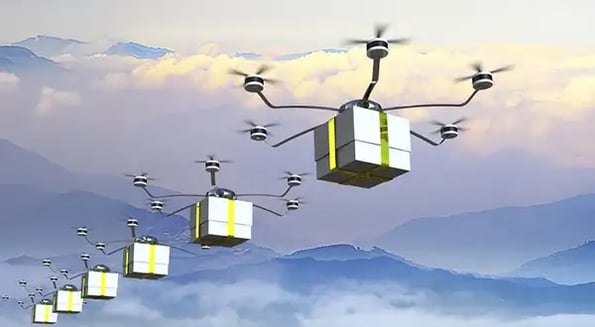For years, companies like Amazon and UPS have jousted with the US government over the safety concerns and regulatory challenges of delivery drones, while simultaneously working out development kinks.

Per the WSJ, the Federal Aviation Administration has approved “at least 10” drone initiatives, which could result in operational commercial delivery drones as early as May.
A lot of red tape
The FAA classifies drones as “unmanned aerial vehicles,” and early drone delivery efforts were thwarted by regulations that barred these devices from commercial use.
By June 2017, the Senate proposed legislation that would allow for commercial drone delivery — and in October, the president ordered the FAA to look into legality measures.
Last week, Earl Lawrence, the head of the FAA’s drone-integration office, said delivery drones are “a lot closer than many of the skeptics think,” and FAA officials said the agency “is open for business” to companies interested in submitting drone proposals.
What would this mean?
Once fully implemented, drone delivery systems could result in much faster deliveries at a fraction of the cost of ground or air shipping — as little as $1 per item.
It could also dramatically cut down delivery costs for businesses: Amazon spent an estimated $20B on shipping last year alone, largely thanks to outsourced delivery costs.
